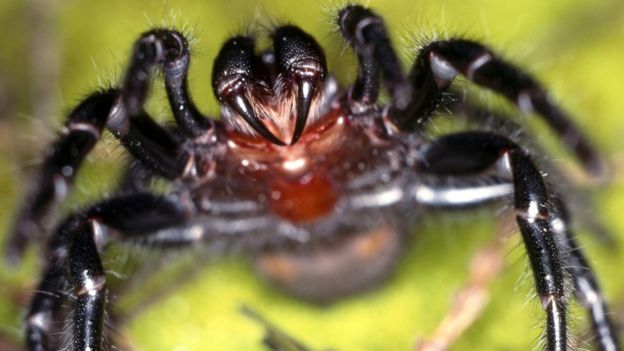With the high death rate recorded from malaria, researchers in the medical field are
looking for a permanent solution for the spread of this deadly disease.
Base on a recent study, a fungus, which had its genetic properties enhanced to produce
toxins for spiders, can terminate a great number of mosquitoes, which are responsible
for the spread of malaria.
In Burkina Faso, a West African country, a trial was carried out and results show that
the population of mosquitoes was reduced by 99% within a 45 days period. According to
researchers, they claim they do not intend to make mosquitoes go into extinction but to
help halt the pace of malaria spread globally.
Female mosquitoes are responsible for the spread of the deadly disease since they
drink the blood of their victims. The result of this has led to the death of over 400,000
people annually.
Researchers, who conducted the study at the University of Maryland, US, together with
the IRRS research institute in Burkina Faso, found out a fungus Metarhizium
pingshaense. This fungus, by nature, infects the Anopheles mosquitoes responsible for
the spread of malaria.
In the course of the research, the fungus was enhanced. Prof Raymond St Leger, from
the University of Maryland, told BBC News that it is easy to modify the genetic
properties of this fungus.
A toxin that was found in the venom of a particular funnel-web spider in Australia caught
their attention. Instructions on how to produce a similar toxin were added to the genetic3
code of the fungus. This was to enable the production of the toxin when present in the
mosquito.
According to Prof St Leger, he said that if a spider is to pierce the skin of insects, it uses
its fangs and then inject deadly toxins. He further said the fangs of the spider were
replaced with Metarhizium.
A further test reveals that the fungus which has been genetically modified could kill
faster, even with fewer spores of the fungus. They also tested the fungus in cases close
to real-world situations.
They fabricated a fake village of about 6500 sq ft. This village was completed with the
addition of huts, food and other conditions necessary for the survival of mosquitoes.
This fake village was set up in Burkina Faso and a double layer of mosquito nets was
used around it to prevent an escape route for mosquitoes.
The researchers started this experiment with sesame oil mixed with the spores of the
fungus. The combination was rubbed on to the sheets of the black pieces of cotton.
Mosquitoes which landed on the sheets became exposed to the deadly fungus.
Result of this experiment showed that there was an increased number of the insect
when left alone. However, when the fungus of the spider toxins was used, the number
of mosquitoes was reduced to 13 after a period of 45 days. This test has also revealed
to the researchers that the fungus has a specific effect on these set of mosquitoes. It
also has no effect on other insects such as bees.
Mosquitoes are deadly and they spread malaria. The World Health Organization has
identified insecticides which have no effect in tackling the rise of malaria in some
countries in Africa.

